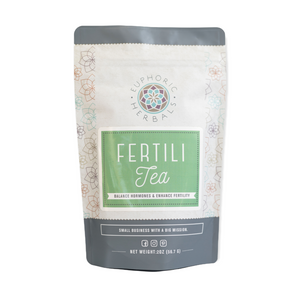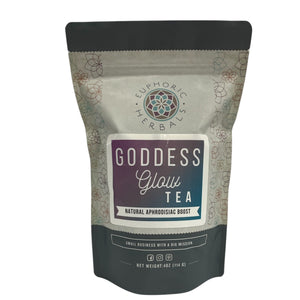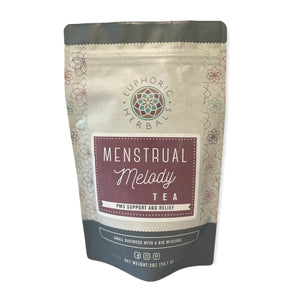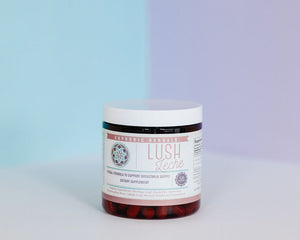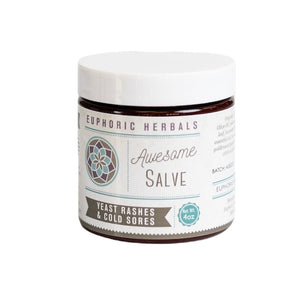No matter how much you want to be with your baby all the time, you will eventually come upon a situation in which you can't be there.
The quandary can be especially difficult for moms who are exclusively breastfeeding their babies. If they can't always be available to feed their baby, such as if they return to the workplace, how will their baby get the nourishment that he needs?
The answer may be paced bottle feeding. This method is an excellent substitute for breastfed babies when the breast isn't immediately available for any reason.
Defining Paced Bottle Feeding
When baby nurses at the breast, she is very much in control of the situation. Typically, she feeds relatively slowly, and drawing the milk from the breast requires some effort.
Babies who are exclusively bottle fed have a tendency to eat much more quickly, mainly because the milk flows so easily from the nipple. This can make it easier for baby to ignore feelings of satiety, which could lead to a bit of overeating.
Paced bottle feeding is really different. The technique is designed to more closely mimic feeding at the breast. This means that your baby can eat more slowly, which gives her more time to recognize that she is feeling full.
Step-by-Step Guide to Paced Bottle Feeding
Paced bottle feeding doesn't quite look like breastfeeding; nor does it really resemble traditional bottle feeding.
Use these steps to try paced bottle feeding:
- Keep baby in a more upright, seated position.
- The baby's lips are then tickled with the bottle's nipple.
- The nipple is inserted into baby's mouth.
- Keep the bottle at a horizontal orientation, which slows down the flow of milk.
- Feed for 20 to 30 seconds, then tip the bottle downward or remove it from the baby's mouth to mimic the pattern of feeding at the breast.
Tips for Success with Paced Bottle Feeding

As a breastfeeding mom, you and your baby have developed an incredibly close bond. Chances are good that no one understands your baby's hunger cues and how to get him to successfully eat better than you do.
Nonetheless, it will at some point be necessary for other people to feed your baby. It also may happen that you are with your baby but unable to breastfeed for some reason.
In these situations, paced bottle feeding may be the perfect solution.
To ensure success, especially for caregivers other than mom, it's a good idea to be familiar with a few tips.
For instance, caregivers may wonder how often and when baby should be fed. The answer to this is fairly straightforward. At this age, babies get to eat whenever they are hungry.
Some babies seem to naturally establish a somewhat predictable feeding schedule for themselves. Others seem to have appetites that wax and wane without any apparent predictability.
This makes it critical that you recognize your baby's hunger cues. These cues may include:
- Restless or fussy behavior
- Smacking of the lips
- Rooting behavior in which baby opens his mouth wide in the direction of any object that brushes against his cheek
- Sucking on fists or fingers
These and other hunger cues may be part of your baby's repertoire. By now, you know them well, and it's wise to ensure that any other caregivers be acquainted with these cues to make certain that your baby doesn't get too hungry.
Position Is Everything
Another tip for success with paced bottle feeding is the baby's position. You're experienced with breastfeeding, and chances are good that you have tried several positions for both you and baby.
Accordingly, you may know that you and your baby prefer certain positions to make the most of your nursing sessions.
Things are much more simplified with paced bottle feeding. Baby is always in an upright position instead of lying down.
This does not necessarily mean that baby has to be at a perfectly upright position when seated on his bottom. It is OK to let him recline a bit, just make certain that he's not lying down.
From this upright position, he has far better control over the flow of milk, which makes the bottle feeding a lot more like the breastfeeding experience.
Keep the Bottle Horizontal to the Ground Surface
Point the nipple upward, and then tickle it against the baby's lips. Baby will probably start to root pretty quickly.
Allow baby to draw the nipple into her mouth and close her lips around the nipple's base. Effectively, baby is latching on to the bottle just like she would mom's breast.
Even after baby latches on to the nipple, continue to hold the bottle in a horizontal position. This gives baby the best possible control over the flow of the milk.
Because baby has the opportunity to feed more slowly, this means that the paced bottle feeding session will last the full 10 to 20 minutes that a normal breastfeeding session would. Accordingly, this makes bottle feeding a more familiar and comforting experience for baby.
One of the benefits of this slower feeding is that it gives your baby's brain and his tummy time to communicate. This gives him a better opportunity to recognize when he's feeling full. Once again, this helps to keep him in control of the feeding session.
Some caregivers find better success when they do not allow milk to immediately flow from the nipple when sucking begins. This mimics the experience that baby has at the breast, when there generally is a few moments of sucking before the milk begins to flow.
Take a Pause

When baby is breastfeeding, she will naturally take little pauses and breaks during meals. When a caregiver is providing a paced feeding, it is wise to do the same.
If the caregiver notices that the baby is starting to gulp or tense up, then it is probably time to lean her a little bit forward to get the milk to flow away from the nipple. It also may make sense to remove the nipple for a moment or two.
It similarly is possible that baby may take breaks on her own, which is perfectly fine.
Switching Sides
Encourage your caregiver to switch sides about halfway through a paced bottle feeding session. This helps to prevent baby from developing a side preference. It's also quite stimulating, as it gives baby new things to look at and notice.
Bringing the Session to a Close
When baby begins to show signs like having open, relaxed hands, falling asleep or slower sucking, it is likely that he's getting full or very close to it.
Gently twist the bottle to remove the nipple from his mouth. Offer the bottle again. If he takes it, let him have approximately 10 sucks. Take it away again and repeat the offer until he refuses the bottle.
Why Choose Paced Bottle Feeding?
Several benefits may come from paced bottle feeding. Perhaps the most important benefit is that it prevents the baby from being over- or underfed. Similarly, it is a less stressful experience for baby than being placed on her back and given a fast-flowing bottle.
Paced bottle feeding also offers critical support to the breastfeeding relationship between mother and baby. If you want to keep breastfeeding for as long as possible, then this is a good way to sustain that practice.
Get Support from Euphoric Herbals
At Euphoric Herbals, we know that a lifetime of good health begins with breastfeeding. That's why we offer numerous products that are designed to support your goal of being the best mom that you can be.
We make all-natural, organic products that are designed to help maintain and stimulate your milk supply as well as supplements to support your health.
Our goal is to help families lead healthier, happier lives. Browse our selection of lactation products to learn more.






















































